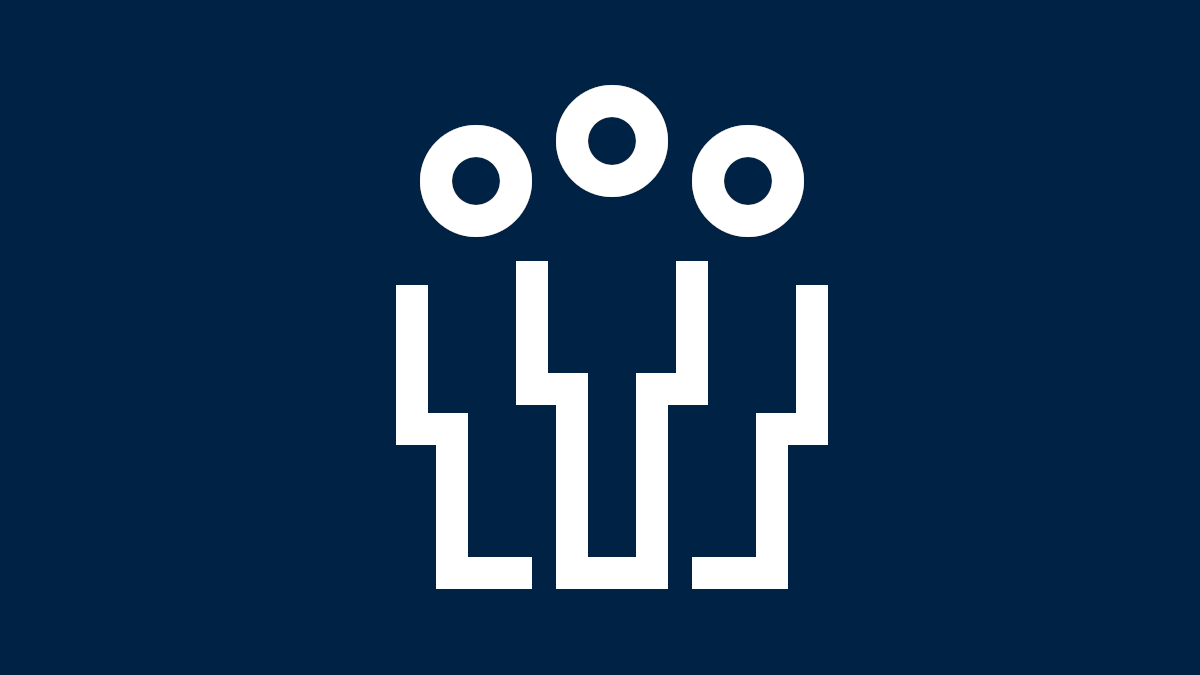Managing users is one of the most important tasks for any system administrator. Whether you’re running a Debian server for hosting websites, applications, or databases, you need to control who can log in, what they can do, and which files they can access. Even it is useful in home where parental control is needed.

In this guide, we’ll walk step-by-step through:
- Creating new users in Debian
- Assigning passwords
- Managing groups
- Granting sudo access
- Setting file and directory permissions
- Useful tips and tricks to secure your system
By the end, you’ll be confident in handling users like a pro.
Why User Management is Important?
- Security: Prevents unauthorized access.
- Accountability: Each user has their own logs.
- Efficiency: Easy to grant or revoke permissions.
- Organization: Separates files and processes for different roles.
If you’re still using root for everything, it’s time to stop and learn the right way.
1. How to Create a New User in Debian.
To add a user, use the adduser command (preferred over useradd because it’s more user-friendly).
sudo adduser atulYou’ll be asked to set a password and provide optional details (like full name, room number, etc.). Press Enter to skip if not needed.
After creation, Debian automatically assigns:
- A home directory
/home/atul - A unique User ID (UID)
- A default group with the same name
2. Setting a Password for a User.
If you want to reset or assign a password later, use:
sudo passwd atulThis will prompt for a new password. Always use strong, unique passwords to avoid brute-force attacks. Use this password generator tool, if needed.
3. Switching Users in Debian.
To switch between users without logging out:
su - atulOr return back to your original account by typing:
exit4. Managing Groups in Debian.
Groups allow you to assign permissions to multiple users at once.
Create a New Group:
sudo addgroup developersAdd User to Group:
sudo usermod -aG developers atul(-aG means append user to group without removing existing ones.)
Check User Groups:
groups atul5. Granting Sudo Access.
By default, Debian doesn’t allow normal users to run administrative commands. You need to add them to the sudo group.
sudo usermod -aG sudo atulNow, atul can run:
sudo apt updateTIP: Never give sudo to everyone. Only trusted admins should have it.
6. File and Directory Permissions in Debian.
Every file in Linux has permissions defined for:
- Owner (user who created the file)
- Group (users in the same group)
- Others (everyone else)
Check Permissions:
ls -lExample output:
-rw-r--r-- 1 atul developers 1200 Aug 18 11:20 report.txtrw-→ owner (read, write)r--→ group (read-only)r--→ others (read-only)
Changing Permissions:
Use chmod:
chmod 755 script.sh7= read/write/execute5= read/execute only
Changing File Ownership:
sudo chown atul:developers report.txtNow atul owns the file, and the developers group can access it.
7. Advanced User Management Tips.
- Force password expiry (user must reset password at next login):
sudo passwd -e atul - Lock a user account (temporarily disable login):
sudo usermod -L atul - Unlock account:
sudo usermod -U atul - Delete user (with home directory):
sudo deluser --remove-home atul
8. Best Practices for User and Permission Management.
- Create separate users for each role instead of sharing accounts.
- Use groups for structured permission management.
- Grant sudo only when absolutely necessary.
- Keep root login disabled over SSH for better security.
- Regularly audit users and permissions to remove inactive accounts.
9. Troubleshooting Common Issues.
- “User not in sudoers file” error?
→ Add user to sudo group:sudo usermod -aG sudo username - Permission denied error?
→ Check ownership withls -l, fix withchownorchmod. - Forgot user password?
→ Reset usingsudo passwd username.
10. FAQs on User Management in Debian.
Q1: What’s the difference between adduser and useradd?
adduseris a friendlier, interactive script.useraddis a low-level command requiring manual options.
Q2: Can I create a user without a home directory?
Yes:
sudo useradd -M usernameQ3: How do I see all users in Debian?
Check /etc/passwd:
cat /etc/passwdQ4: How do I remove a user completely?
Use:
sudo deluser --remove-home usernameConclusion
Managing users and permissions in Debian isn’t complicated once you understand the basics. By mastering commands like adduser, usermod, chown, and chmod, you’ll keep your system organized, secure, and efficient.
Whether you’re a beginner or an experienced admin, remember: least privilege principle (give only the access needed) is the golden rule of security.
Next, check out our detailed guide on encrypting home folder in Debian Linux.
Leave a Reply